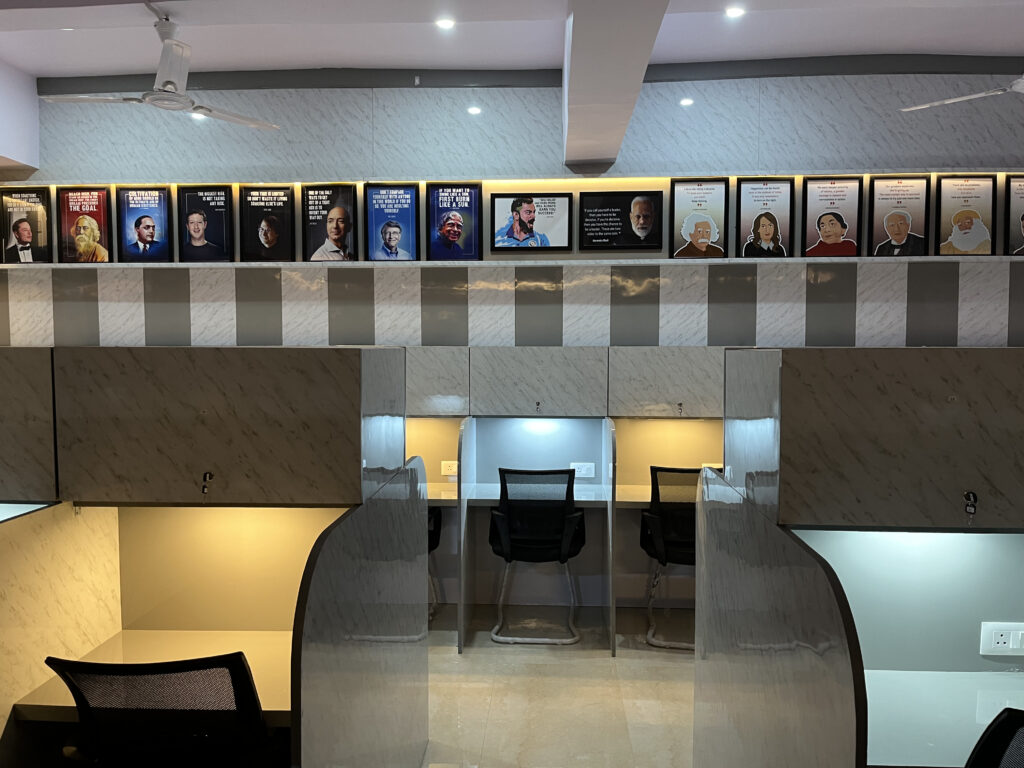How to Find a Good Library in Gorakhpur

How to Find a Good Library in Gorakhpur Finding a good library in Gorakhpur can greatly enhance your reading experience and provide valuable resources for research and learning. Here are some steps to help you locate and choose the right library: 1. Identify Your Needs Before starting your search, clarify what you need from a library: Academic Resources: If you’re a student or researcher, prioritize libraries with extensive collections of academic books, journals, and research materials. Leisure Reading: For casual readers, look for libraries with a diverse selection of fiction, non-fiction, and magazines. Children’s Books: Families with children should consider libraries that offer a variety of children’s literature and may even host storytelling sessions. Digital Access: Check if the library provides access to e-books, online databases, and computers if you need digital resources. 2. Research Local Libraries Explore the libraries available in Gorakhpur: University Libraries: Universities often have comprehensive collections and study facilities. Public Libraries: City or district libraries cater to a wide range of interests and are accessible to the general public. Private Libraries: Some private libraries specialize in specific subjects or cater to niche interests. 3. Consider Accessibility Choose a library that is convenient to access: Location: Opt for a library that is close to your home, workplace, or school to make visiting convenient. Transportation: Check if the library is easily reachable by public transport if you do not have private transportation. Operating Hours: Ensure that the library’s opening hours fit your schedule, especially if you plan to visit regularly. 4. Evaluate Library Facilities Assess the facilities offered by each library: Reading Areas: Look for comfortable and quiet spaces for reading and studying. Study Rooms: Check if the library provides dedicated study rooms or areas for group work. Technology Access: Determine if the library offers computers, internet access, and facilities for printing and copying. Events and Programs: Libraries that host events, workshops, and book clubs can provide additional value and community engagement. 5. Check Membership Requirements and Services Understand the library’s membership policies and services: Membership Fees: Some libraries may charge membership fees while others offer free memberships. Borrowing Limits: Find out how many items you can borrow at a time and the borrowing periods. Additional Services: Look into services like interlibrary loans, photocopying, and access to specialized collections. 6. Read Reviews and Get Recommendations Gather feedback from others who have used the libraries: Online Reviews: Check reviews and ratings on platforms like Google Reviews or library websites to gauge user satisfaction. Word of Mouth: Ask friends, colleagues, or local residents for recommendations based on their experiences. 7. Visit the Libraries Finally, visit potential libraries in person to get a feel for the atmosphere and facilities: Explore: Take a tour of the library to see its collections, study areas, and overall ambiance. Ask Questions: Speak to library staff to get more information about services, membership, and any specific needs you may have. INQUIRY NOW
